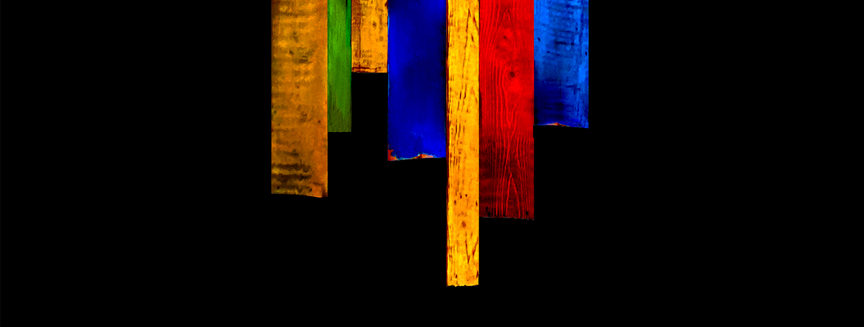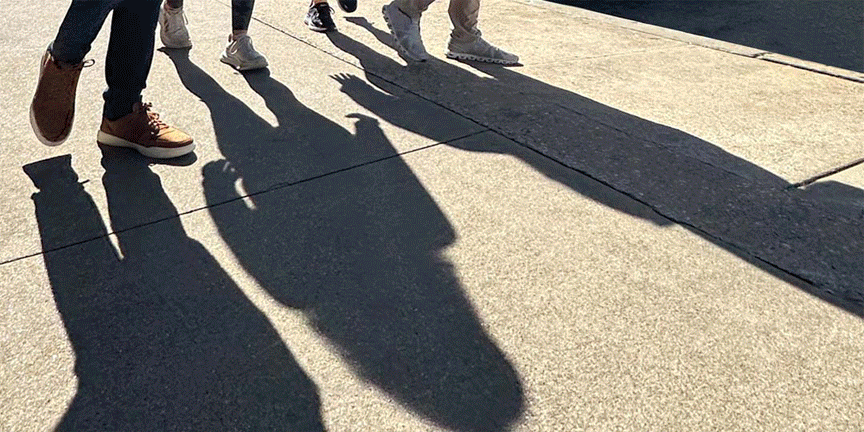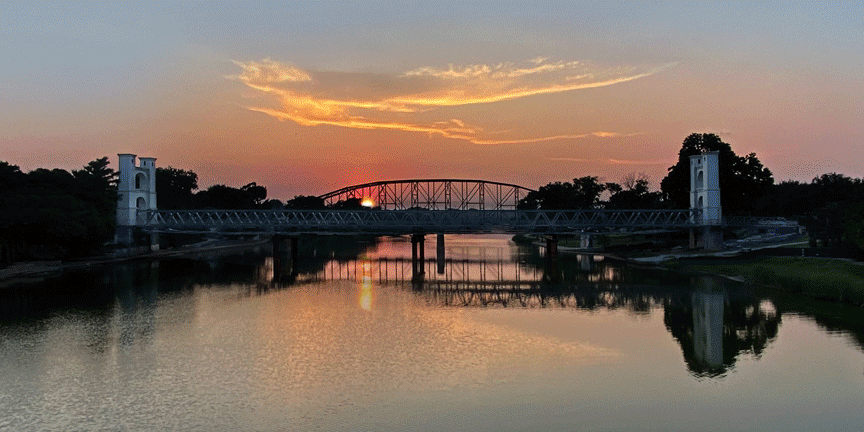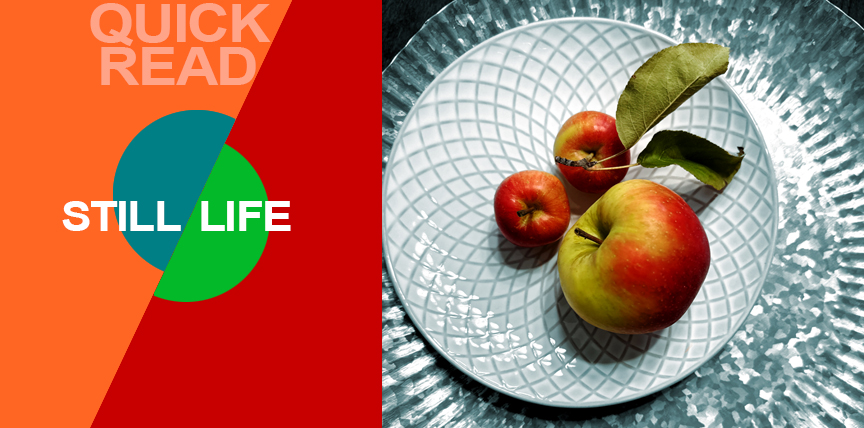

WRITTEN & SHOT ON iPHONE BY: STEVE HOLLOWAY
Over the last year, I began adopting and adapting the discipline of street photography. At first it felt foreign. Then it began to seem like I had always worked this way.
Street photography is an instinctive and intuitive approach to image creation.
You have your camera out, ready to capture what happens right in front of you.
Sounds simple. It’s not.

See the shot. Look at how small changes in camera position can help/hurt the end result. Compose the elements on the screen. And, finally, capture the image.
Four tasks that have to occur on the fly, almost simultaneously.


Street Photography is a complete change in storytelling approach, moving away from a literal narrative technique to capturing a deconstructed version of the story. Using smaller elements and details to tell a bigger story.
Street photography creates an impression of a place or a moment in time.
Eliminating preconceived ideas. Heading out, camera in hand. Instinctively shooting what you find to capture a moment, a place, a subject.

Editing street photography can be as demanding as the actual shoot. For every image you ultimately say yes to, there are LOTS of images you say no to.
Then there’s the question, “what do I say yes to?” There is a tendency to be too literal and not instinctive enough.

Think of how movies are made. The least visually interesting films follow the protagonist around showing what they did first and next and next.
The most interesting films borrow from the David Mamet practice of cutting together different points of view, details and overalls. Using the variations to make it visually interesting and move the story forward pulling the viewer from shot to shot to shot.
That’s what makes street photography work.
It’s not a planned sequence of events. It’s walking down the street, seeing this, then something over there then something else the other way.

I had always relied on a literal narrative approach to tell a story. Start with a storyline. Shoot to illustrate that storyline.
During my trips to the Texas beaches, central Texas and New England, I experimented with less structured approaches to image capture.
Street Photography brings together changes I use every time I pickup a camera.
It reverses functions, capturing images then letting the images build the story in the edit, using details to engage viewers and move a storyline forward.


Street photography is never boring. Every time you head out with your camera it’ll be different, you’ll find something new.
You get to make your own choices. What works for me may not work for you. DSLR, mirrorless or iPhone? Using images as is or going through multiple editing steps to color grade your final result? Deciding where to go to shoot. When to shoot.
You can do whatever keeps you picking up your camera again and again and again until you find your own voice.

Henri Cartier-Bresson, Eugène Atget, Elliott Erwitt, Fan Ho, Vivian Maier and Joel Meyerowitz are the street photographers I follow.
They have/had an ability to take something so instinctual and make it look so formal.
Henri Cartier-Bresson especially. His concept of the ‘decisive moment’ defines the elegance of his imagery. It’s “the instant when all the elements in the frame come together to make the perfect image, not the peak of action necessarily, but the formal peak.”
The discipline of street photography sets out to capture this mix of subject, composition and spontaneity. To move a storyline forward with instinctively captured images.


Using Classic Still Life Composition for Food Photography
One of my passions is still life photography. Carefully choosing every element. Adding, changing, moving removing objects until the image works.
This image was captured with the iPhone 14 Pro Max using a Beastgrip and Bluetooth remote trigger on a dining room table, handheld shooting straight down under natural overhead tungsten lights. Shot after shot, small changes were made, more than 20 in all until I got this shot.


Jump to any Point of View how to guide, process deep dive or a pre iPhone portfolio plus how influences shape the storytelling process and a memoir that looks at the story behind the stories and to Nonlinear Content galleries and stories.

Introduction
Become a storyteller
Technology
- 02A Digital evolution.
- 02B Annie Leibovitz.
- 02C From Batman to the iPhone.
- 02D Henri Cartier-Bresson’s Leica.
- 02E Moving from film to digital to iPhone.
- 02F The self portrait series.
- 02G iPhone camera rigging.

- 03A Working with light.
- 03B The scout.
- 03C Shooting during the golden hour.
- 03D Photographing people.
- 03E Details, shadows, shapes and textures.
- 03F Plate shots and reflections.
- 03G Feed your passions.
- 03H People and food, two favorites.
- 03I On the road.
- 03J Wall art (it’s not what you think).
- 03K Transitional images.
- 03L Night photography.

- 04B Assemblages and abstractions.
- 04C Change the composition of an image.
- 04D Color correction vs color grading.
- 04E Create motion with Live Photo.
- 04F Resize images and retain detail.
- 04G Software and skill building resources.
- 04H On device apps.
- 04I Offboard resources.

- 05A Two key iPhone features.
- 05B Camera and light kit ideas.
- 05C Copied on iPhone.
- 05D Learning post production.
- 05E Designing with type.
- 05F Learning from cinema.
- 05G The three lens solution.




